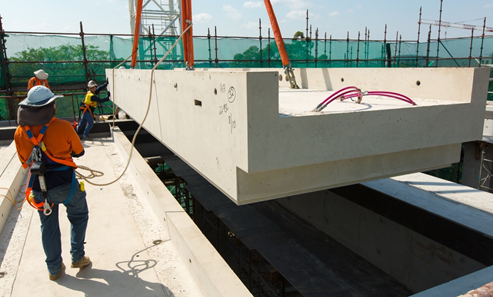Recent update on the environmental impact of geopolymers
DOI:
https://doi.org/10.21809/rilemtechlett.2016.6Keywords:
Concrete, LCA, Geopolymer, Alternative Cement, CO2Abstract
The contribution of building materials’ production to environmental impacts becomes significant in the new energy efficient buildings that are currently built. Among those materials, cement represents a major part of the embodied carbon footprint of buildings. Development of alternatives to traditional Portland cement have emerged over the last decades; however, their environmental assessment over their life cycle have resulted in conflicting results, which give a confusing picture of the strategic path to be followed. This paper focuses on the alkali-activated cement and concrete and points out the variability linked with the choice of energy source for the production of the activators and precursors. A review of existing studies is then performed in order to highlight the main benefits of these alternative cements in terms of reduction of greenhouse gas emissions. Finally, the results presented here highlight further research trends for new cements and concrete.
Downloads
Published
How to Cite
Issue
Section
License
Authors retain copyright of the articles published in RILEM Technical Letters and grant the journal the right of first publication with open access. The work is simultaneously licensed under Creative Commons Attribution 4.0 International License (CC BY 4.0) that allows others to share and adapt the work under the following terms: 1) a proper attribution is given in a form of a reference to the original work's authorship and initial publication in RILEM Technical Letters (bibliographic record with the DOI link); 2) a link to the license is provided; 3) the changes (if any) are indicated.









